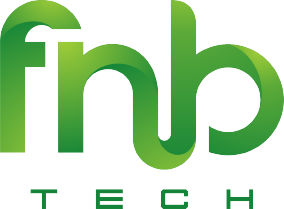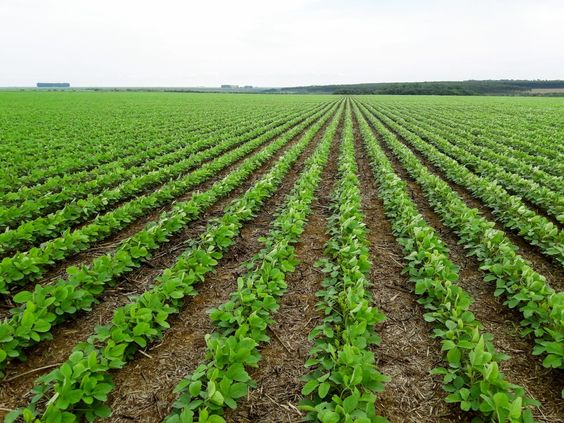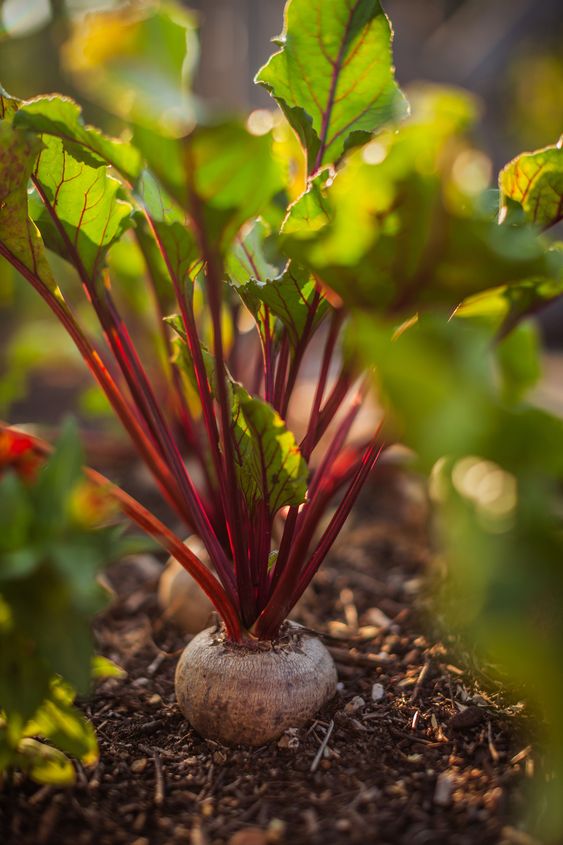Smart Marketing of Agricultural Products: Bridging the Gap Between Farmers and Consumers
Marketing of Agricultural Products sector is at a crossroads. While it remains the backbone of global food security, traditional methods struggle to keep pace with a growing population and evolving consumer demands. However, on the horizon, a revolution is brewing – Smart Agriculture. This integration of technology into every facet of farming offers a multitude of benefits, and one often-overlooked aspect is its transformative power for marketing agricultural products.
Understanding the Marketing Challenge in Agriculture
Traditionally, Marketing of Agricultural Products has faced unique challenges. Fragmented supply chains, limited market access, and information asymmetry between producers and consumers have often resulted in lower profits for farmers and a disconnect with consumer preferences.
- Fragmented Supply Chains: Agricultural products often pass through multiple intermediaries before reaching consumers, leading to inefficiencies and a loss of value for farmers.
- Limited Market Access: Small-scale farmers, particularly in developing economies, often lack access to wider markets and established distribution channels.
- Information Asymmetry: Consumers often have limited knowledge about the origin, production practices, and quality of the food they purchase.
How Smart Agriculture Bridges the Gap
Marketing of Agricultural Products Smart , with its data-driven approach and innovative technologies, presents a powerful solution to these long-standing marketing challenges. Here’s how:
- Precision Marketing: Data collected through sensors and Internet of Things (IoT) devices enables farmers to understand consumer preferences and tailor their production accordingly. Imagine knowing exactly which variety of apples is most sought after in a particular region – smart agriculture empowers this level of targeted production.
- Traceability and Transparency: Blockchain technology and sensor data can create an immutable record of a product’s journey from farm to fork. This empowers farmers to showcase sustainable practices, ethical sourcing, and the unique qualities of their produce, building trust and brand loyalty with consumers.
- Direct-to-Consumer Channels: Online marketplaces and e-commerce platforms facilitated by smart agriculture platforms connect farmers directly with consumers. This reduces reliance on middlemen, increases profit margins for farmers, and allows for quicker response to market demands.
The Benefits of Smart Marketing for All Stakeholders
The transformative power of smart agriculture marketing extends beyond just the farmer. Here’s how it benefits the entire agricultural ecosystem:
- Increased Farmer Profitability: Reduced costs through targeted production and elimination of middlemen lead to higher profits for farmers, making agriculture a more attractive and viable career choice.
- Improved Food Quality and Safety: Data-driven insights allow for better monitoring and management of crops, leading to improved food quality, reduced spoilage, and increased food safety.
- Empowered Consumers: Consumers gain access to fresher, higher-quality produce with verifiable information about its origin and production methods. This fosters informed purchasing decisions and supports sustainable agricultural practices.
Examples of Smart Marketing in Action
Marketing of Agricultural Products,Several innovative ventures are already demonstrating the power of smart agriculture marketing:
- IBM’s Food Trust: This blockchain-powered platform tracks food from farm to fork, ensuring transparency and traceability for consumers.
- Precision agriculture apps: Apps like Granular and Bayer FieldView provide farmers with data-driven insights on soil health, weather patterns, and optimal resource usage, enabling them to make informed decisions that improve yield and cater to specific market demands.
- Online marketplaces: Platforms like Local Harvest and AgriDirect connect farmers directly with consumers, fostering a thriving market for locally-sourced, high-quality produce.
The Road Ahead: Embracing the Future of Marketing
Marketing of Agricultural Products ,While smart agriculture marketing holds immense promise, challenges remain.
- Infrastructure and Internet Access: Rural areas often lack reliable internet connectivity, hindering the adoption of smart technologies.
- Digital Literacy Gap: Equipping farmers with the necessary skills to utilize these technologies is crucial for widespread adoption.
- Investment Costs: The initial investment in smart agriculture technologies can be a barrier for some farmers.
Overcoming these challenges requires collaboration between governments, research institutions, and private companies. Government initiatives offering subsidies and training programs are essential. Technology providers should focus on developing user-friendly and affordable solutions.
Conclusion: Marketing of Agricultural Products
Marketing of Agricultural Products Smart Agriculture marketing represents a golden opportunity to bridge the gap between farmers and consumers, creating a more efficient, sustainable, and profitable agricultural sector. Marketing of Agricultural Products,By embracing these technologies and fostering collaboration, we can ensure a brighter future for agriculture, one that empowers farmers, delights consumers, and nourishes a healthy planet.




